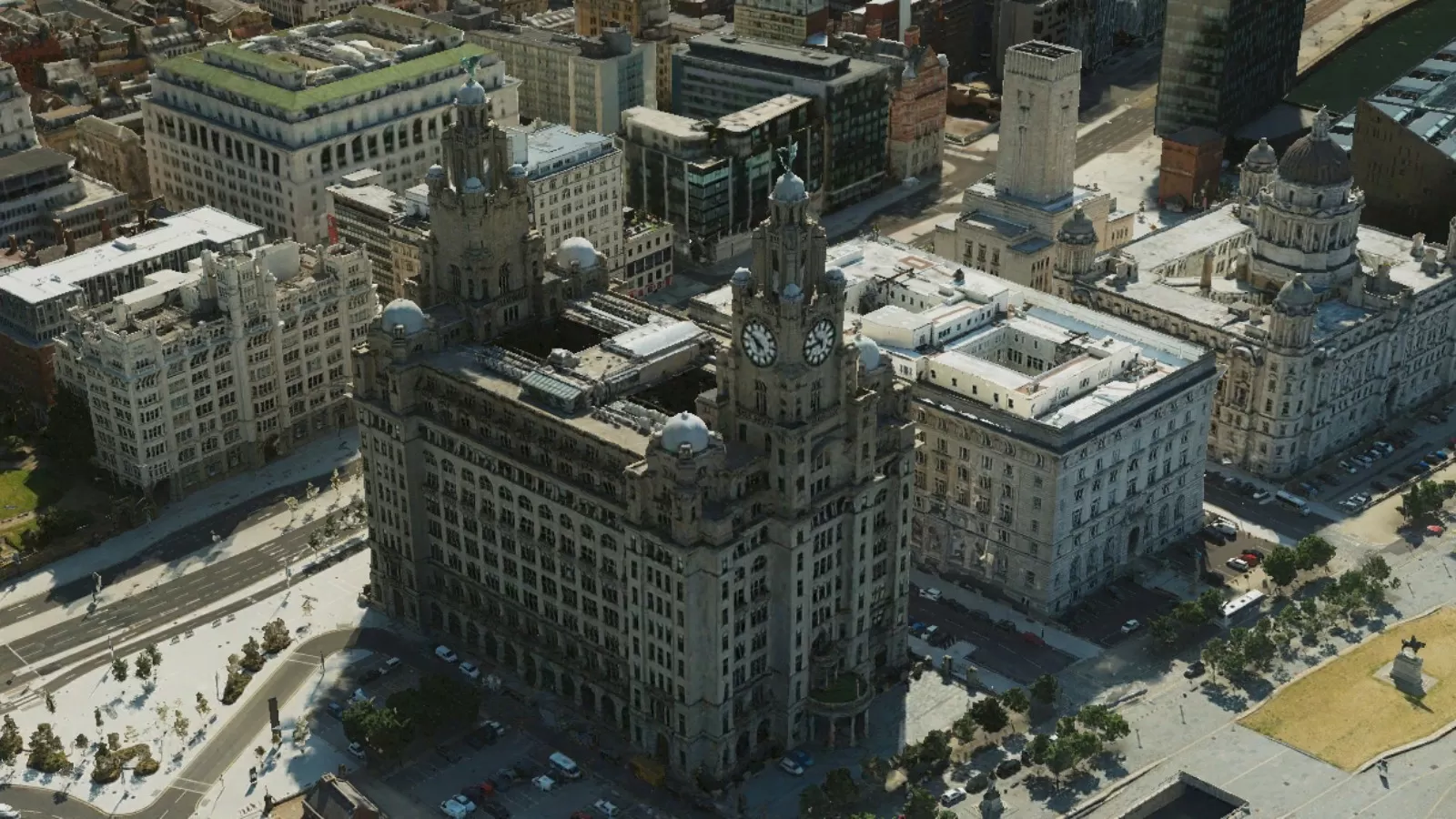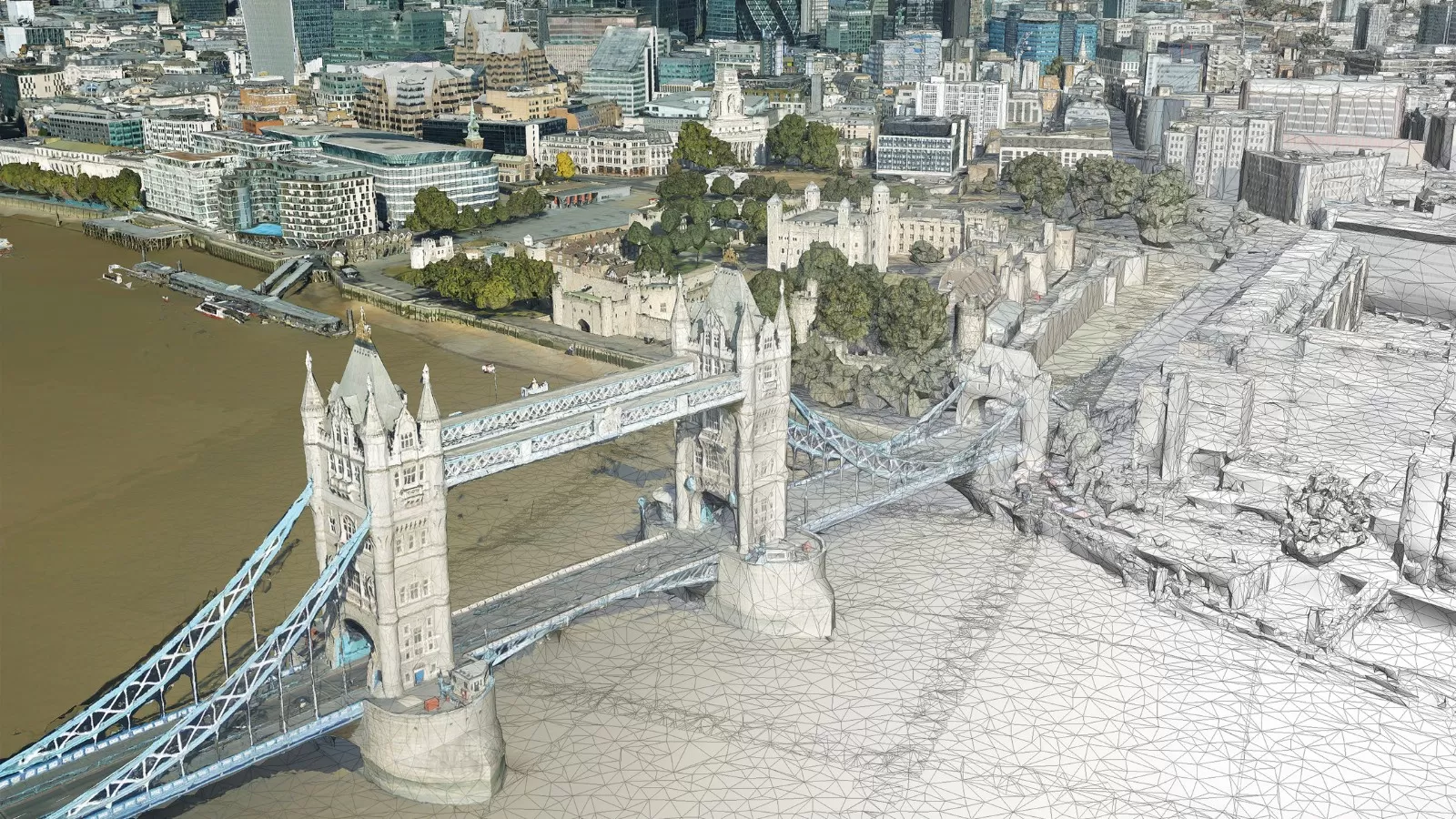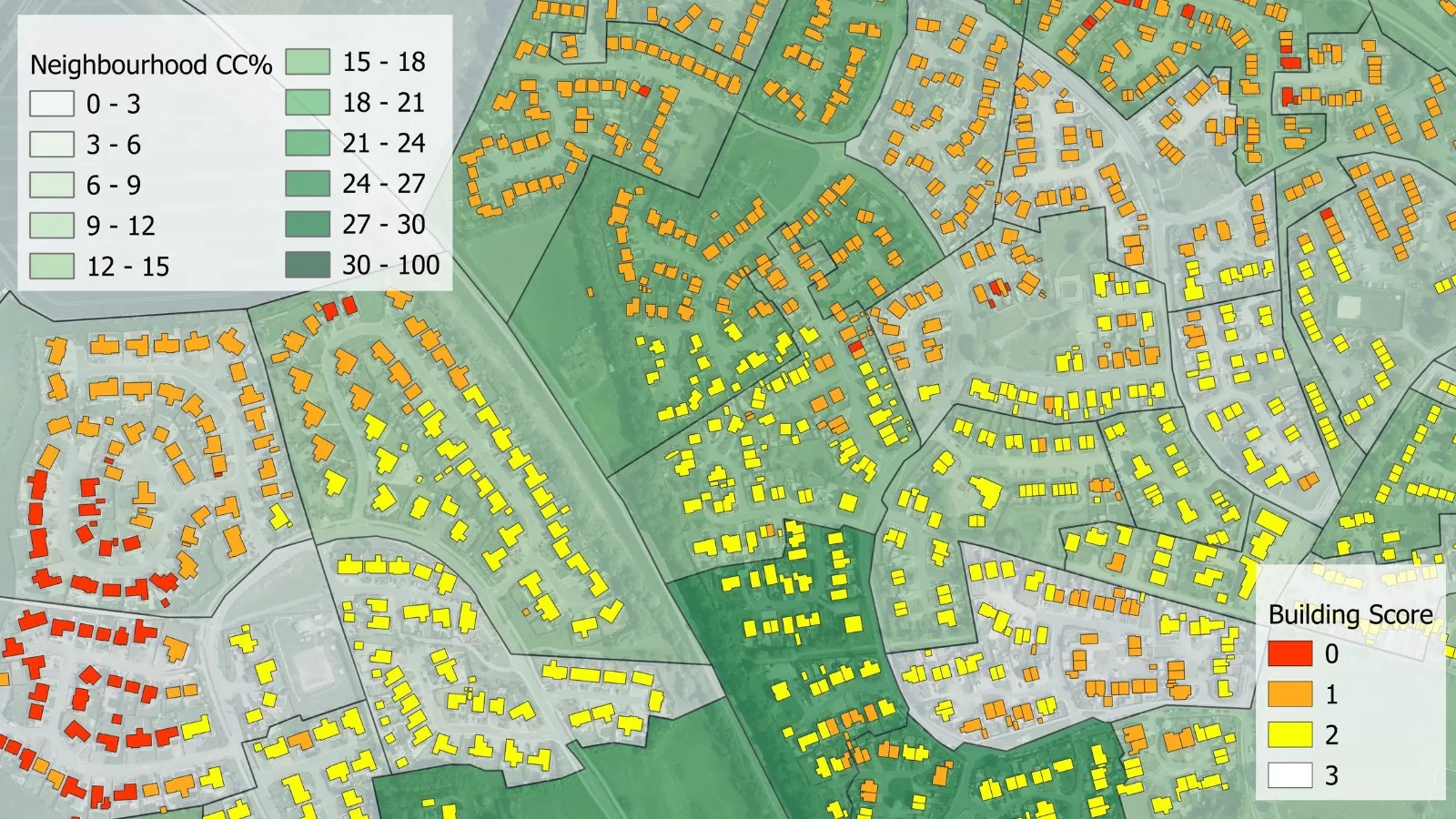
A unique map database from Bluesky International is helping Dudley Metropolitan Borough Council inform research and development projects, engage with stakeholders and ensure the historic capital of the Black Country is as green as possible.
Dudley was the first Council in the West Midlands to adopt Bluesky’s National Tree Map, which provides accurate height, location and canopy coverage data for trees, and has been using it since 2016. Most recently the data has helped the Council understand the potentially devastating effects of Ash dieback and measure the impacts on tree stocks of the expansion of the West Midlands Metro Extension.
“The Bluesky National Tree Map was initially purchased to facilitate a desktop inventory of the borough’s trees and to inform the Council’s Tree Strategy,” commented Robert Oldnall, GIS Unit Manager at Dudley Council. “However, as the data has evolved so have our applications. Using the Bluesky data, we can now complete desktop studies that would have previously required extensive field work realising significant savings in staff resource and other related costs.
“Recent applications of the data have included an assessment on Council owned or managed tree stocks of Ash dieback, impact analysis of major infrastructure projects and research into location and value of trees with regard to deprivation,” he continued.
Dudley Council uses the National Tree Map data within its desktop and intranet Geographical Information Systems alongside other map layers created by the Council, third party data such as Ordnance Survey mapping, and data provided under the APGB contract with the UK Government, which includes aerial photography, 3D height models and Colour Infrared imagery, also supplied by Bluesky. The National Tree Map data provides a detailed reference as to the location, number and size of trees which can be queried alongside the other data to establish ownership, proximity to other features or assets or relationships between demographic, economic or social data.
“Datasets such as the National Tree Map, allow us to ask questions of our environment, our population and our activities that were either previously unanswerable or would have taken significant time and resource to research and answer,” added Louise Tout, GIS Officer at Dudley Council. “In fact, you could say that geography takes the leg work out of much of what we are asked to help with.”
Moving forward, Dudley Council is planning to use the National Tree Map data to help validate a Highway Asset Inventory which will be used to plan future maintenance programmes and provide a better understanding of risk. The data will also be used to create a coherent tree planting strategy across the borough, trying to ensure that the right tree is planted in the right place for the right reason.
The National Tree Map, which is unique to Bluesky, was launched 11 years ago, initially to address the issue of building subsidence for the insurance sector. It is created using innovative algorithms and image processing techniques, from the most up to date aerial photography and terrain data covering the whole of Great Britain and Ireland. It contains attributes including measurements of height and canopy cover and is widely used by a number of different market sectors for example local authorities, energy companies, property developers and academic and research organisations investigating the role of trees and green spaces and their impact on health, environment and infrastructure.







